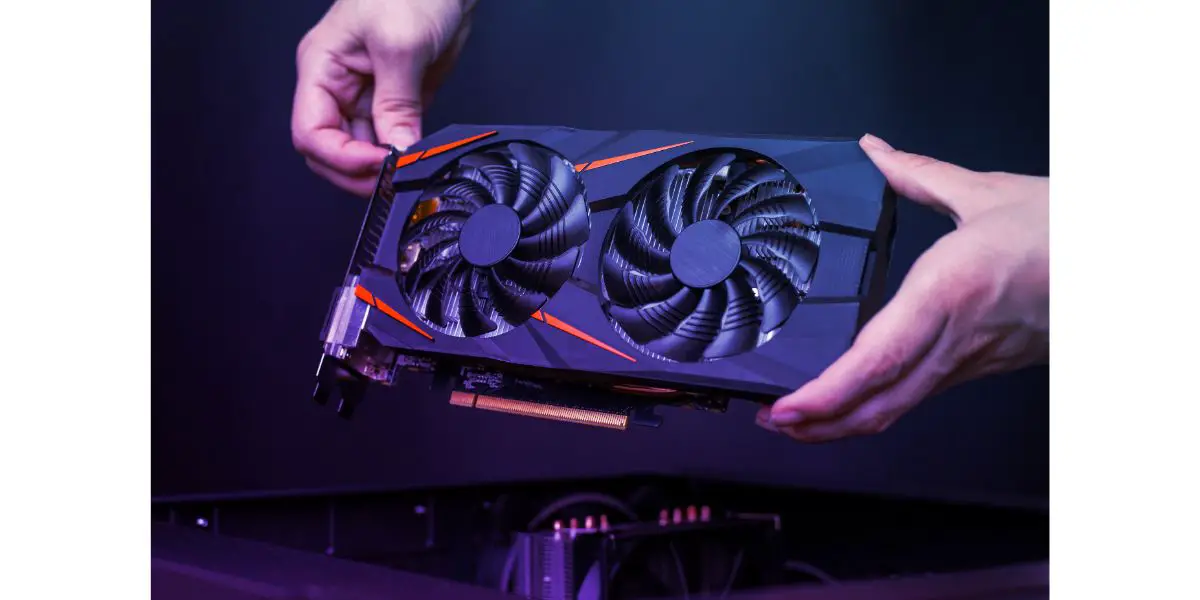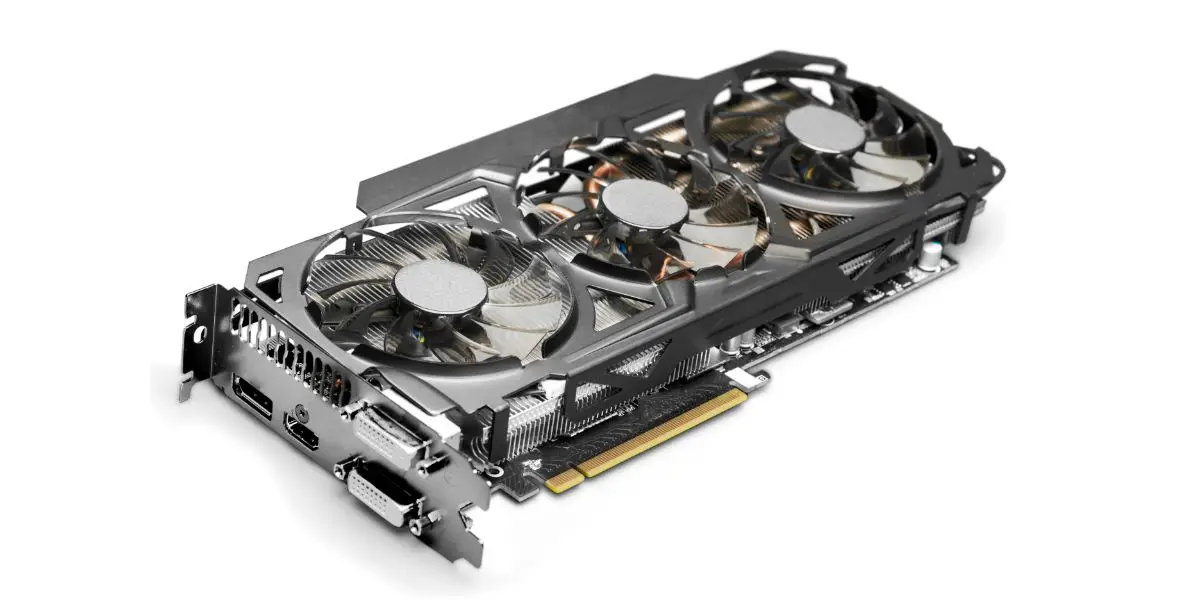Disclaimer: This post may contain affiliate links, meaning we get a small commission if you make a purchase through our links, at no cost to you. For more information, please visit our Disclaimer Page.
There are many different brands of graphics cards because the market is highly competitive, with constant innovation. While Nvidia and AMD are the major chip creators in the market, other companies manufacture graphics cards using their chips, which leads to more brands and models.
This article will provide insight into the world of graphics cards, review why there are so many different brands, and give a rundown of the top brands you should consider, so read on.
Table of Contents
The Best Graphics Card Brands
When it comes to purchasing a graphics card, consumers are faced with a plethora of options from various brands.
Of course, you must choose between Nvidia and AMD, but why are so many choices beyond that distinction? The market is saturated with choices, leaving consumers to wonder why there are so many different brands of graphics cards.
One of the most important decisions you’ll need to make is deciding on the brand. With so many brands available, it can be overwhelming when deciphering which offers the best performance, features, and value.
Beyond the graphics cards produced directly by the main chip manufacturers, several elite brands are worth paying attention to, with many surpassing the abilities of Nvidia and AMD. This increased performance and variety is why many card producers are in the market today, even if they all use chips developed by Nvidia or AMD.
To help make sure you get a graphics card that you can count on providing you with reliable, elite performance, I’ll take a closer look at some of the top graphics card brands on the market and what makes them stand out.
Nvidia
Nvidia is one of the most well-known and respected brands in the graphics card industry and a key chip manufacturer. While they are one of the main chip manufacturers, they also produce some graphics cards.
Their graphics cards include a wide range for gaming and professional use, with their flagship line being the GeForce RTX series. These GeForce cards are known for their high performance and ray tracing capabilities.
Their graphics card are known for their quality and durability, and the company offers a range of software and features like G-Sync and Ansel to enhance the gaming experience. The cards are also available at a competitive price, which means that 4K gaming has become accessible to more people than ever before.
AMD
AMD is the other major player in producing graphics chips, and they also have a stake in the card market, just like Nvidia.
Their Radeon line of cards is known for their strong performance and value to the extent that it is among the most powerful graphics cards in gaming today. The company has been focusing on ray tracing and AI-based technologies and developing features like FreeSync and FidelityFX to enhance image quality and gaming performance.
ASUS
ASUS is an established brand in many computer industry sectors, offering a wide range of graphics cards. Their cards cater to both budget and high-end users.
ASUS cards are known for their high-quality build and components. Many models come with advanced cooling solutions, such as the DirectCU III and MaxContact technologies, to help keep the graphics card cool even under heavy loads. ASUS purchases chips from both AMD and NVIDIA for their graphics cards.
Gigabyte
Gigabyte is another well-known brand that offers a variety of graphics cards to suit users’ different needs.
They have a good reputation for quality and durability, and many of their models come with advanced cooling solutions, like the Windforce 3X, to help keep the card cool. This cooling solution involves inclined fans, which are more efficient than normal fans, allowing for better airflow around the graphics card.
They’re known for their elite graphics card, always built with high-end components and advanced overclocking capabilities.
EVGA
EVGA is a brand that is particularly popular with PC gamers. Their range offers a wide range of graphics cards to suit different needs and budgets, with their flagship line being the RTX series.
Also, their cards are known for their overclocking capabilities and advanced cooling solutions like the iCX2 technology. They also have a good customer service and warranty policy, which makes them a reliable brand that any user can count on for quality and reliability.
However, there are some reports that EVGA will no longer be making graphics cards in the future due to issues in their partnership with Nvidia.
MSI
MSI is another reputable brand in the computer industry, offering a wide range of graphics cards.
They are also particularly well-known in the gaming and esports community. They produce high-quality build and components, packing in advanced cooling solutions like the Twin Frozr and Torx Fan technology to help keep graphics cards cool even under heavy processing loads.
These technologies also involve specialized fans, allowing for increased airflow. The MSI also has specifically designed heat pipes that ensure better dispersal of any heat generated.
Why Purchase Graphics Cards From Established Brands?
There are many other graphics card manufacturers on the market, many of which also produce efficient and impressive pieces of hardware.
However, if you invest in a graphics card from any brands listed above, you’re buying an established component you can trust for all your computing and gaming needs.
In addition to being established, these brands are also constantly innovating, so their lines provide users with peace of mind and top-notch performance.
Factors To Consider When Choosing a Graphics Card
When you’re considering the wide range of graphics card options you’ll find on the market, there are a number of key factors to research and compare. Just like the number of competitive card manufacturers can be overwhelming, so can the sheer number of tech specs that the companies publish about their respective cards.
The overwhelm caused by available variety is especially true if you’re new to gaming or buying a graphics card for the first time. To help out, I’ll break down the factors to consider so you can select your ideal graphics card from the wide variety of brands that have flooded the market.
GPU
One of the most important factors is the type of GPU (Graphics Processing Unit) used by the card. As mentioned above, two main types of GPUs are available on the market: Nvidia and AMD.
Nvidia GPUs are known for their high performance and are often considered the industry standard for gaming and professional use. They offer a wide range of graphics cards for both gaming and professional use.
On the other hand, AMD GPUs are known for their strong performance and value. Additionally, AMD’s graphics cards tend to be more affordable than Nvidia’s, making them a great option for budget-conscious consumers.
When choosing between an Nvidia or AMD GPU, it ultimately comes down to personal preference and your specific needs. No matter your needs, it’s worth considering both options before deciding.
VRAM
The amount and type of VRAM (Video Random Access Memory) a graphics card has is another important factor to consider when purchasing a graphics card. VRAM is the memory that the GPU uses to store and process the data needed to render images on the screen, similar to RAM for the CPU.
The more VRAM a graphics card has, the better it will be able to handle high-resolution and high-fidelity graphics. 8GB of VRAM is becoming standard, so that’s a strong baseline. Additionally, VRAM will most likely come in GDDR5 or the improved GDDR6.
Cooling
Graphics cards can generate a lot of heat, so it’s important to consider the in-built cooling that each graphics card includes. An effective and efficient cooling solution will keep the card running at optimal temperatures and ensure lasting performance.
Expect many high-end graphics cards to come with advanced cooling solutions to help keep the card cool, even under heavy processing loads. These options can include liquid cooling and multiple fan setups. Ensure your card is effectively cooled, especially if you plan on working it hard.
Compatibility
When selecting the graphics card, compatibility with your motherboard and other components can be an issue. Before purchasing, you must always check that the graphics card you choose is compatible with the rest of your setup. Here’s our guide on compatibility, exploring whether any graphics card can work with any motherboard.
Conclusion
When purchasing a graphics card, it’s important to consider the brand, type of GPU, amount of VRAM, and cooling solution. The market is competitive with major players like Nvidia and AMD, as well as other brands like ASUS, Gigabyte, EVGA, MSI, and more, offering various options catering to different needs and budgets.


